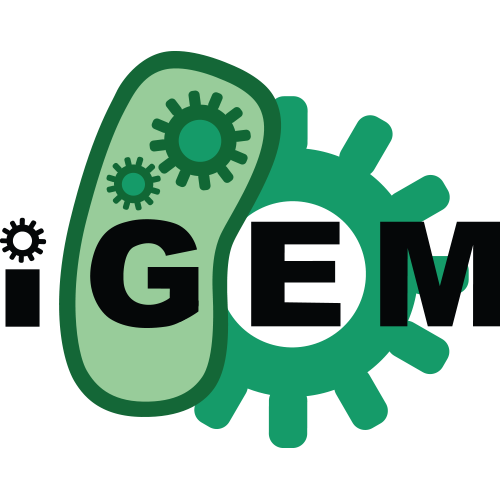Source:
Generated By: https://synbiohub.org/public/igem/igem2sbol/1
Created by: Cihan Tastan and Ozkan IS
Date created: 2009-10-09 11:00:00
Date modified: 2015-05-08 01:11:42
Human Epidermal growth factor (hEGF)
| Types | DnaRegion |
| Roles | CDS Coding |
| Sequences | BBa_K258010_sequence (Version 1) |
Description
Epidermal growth factor (EGF) is a single chain, 53 aminoacid-residue polypeptide (molecular weight 6045) and three intramolecular disulfide bonds. EGF is a low-molecular-weight polypeptide first purified from the mouse submandibular gland, but since then found in many human tissues including submandibular gland, parotid gland.EGF results in cellular proliferation, differentiation, and survival. EGF stimulates the growth of skin and corneal epithelium in vivo and in organ cultures.
Epidermal growth factor (EGF) stimulates the growth of keratinocytes in vivo, and therefore plays an important role in the process of wound healing that depends on mitosis and migration of keratinocytes.
Rhinewald and Green showed, in vitro that in the presence of growth factors , higher percentage of cells leave the resting state, enter and remain in the mitotic cycle.
Mitogenic effect of EGF requires continuous exposure of target cells to EGF for a minimum 6-12 hours.
The stimulation of wound healing by EGF has been confirmed as growth of granulation tissue in sponge implants used as inductive matrices. They observed, in rats, dose-dependent effect of EGF on granulation tissue formation as increased amounts of nucleic acids, and accumulation of collagen and glycosaminoglycans.
